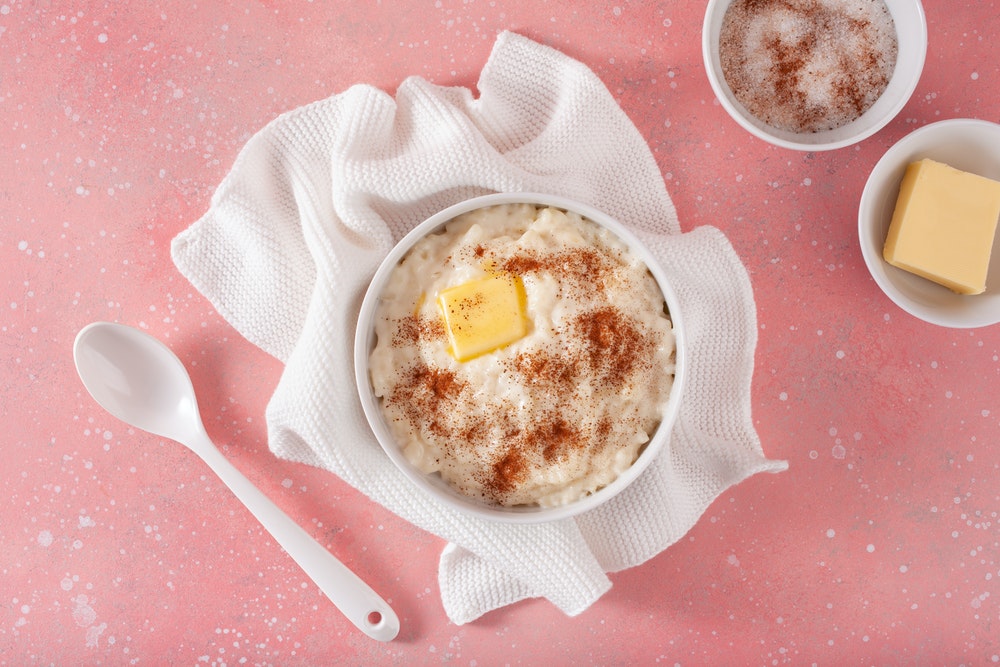What Are the Secrets to a Perfectly Cooked, Fluffy Rice?

There’s something deeply satisfying about a pot of perfectly cooked, fluffy rice. It’s a simple staple, yet it can be surprisingly difficult to master. This article will unravel the mysteries of cooking rice, guiding you through the process, step by step.
Rice: A Global Staple
Rice is not merely a grain; it’s a global staple food, consumed by billions. It’s more than just an accompaniment to a meal; it’s the central ingredient around which entire meals are structured. And yet, despite rice’s universal appeal, many people struggle to cook it to perfection.
Also to discover : What’s the Best Way to Prepare and Cook Perfect Bacon?
The process of cooking rice can seem deceptively simple. All you need is rice, water, a pot, and heat. But how much water should you use? How long should it cook? How can you tell when it’s ready? These are the questions that often lead to a pot of rice that’s either undercooked or overly mushy.
Choosing the Right Type of Rice
When it comes to cooking rice, not all grains are created equal. The kind of rice you choose will greatly affect the cooking time, the amount of water you’ll need, and the final texture.
Topic to read : How Can You Achieve Bakery-Level Artisan Bread at Home?
White rice is perhaps the most common type of rice. It cooks quickly, usually in about 15 to 20 minutes. It requires less water than other types of rice — generally about 1.5 to 2 cups of water for every cup of rice.
Brown rice, on the other hand, is a whole-grain rice that takes longer to cook. You’ll need to allow for at least 45 minutes of cooking time, and you’ll require more water — about 2 to 2.5 cups per cup of rice.
Regardless of the type of rice you choose, it’s important to remember to rinse the grains before cooking. This will remove any excess starch and prevent the rice from becoming sticky.
Getting the Water-to-Rice Ratio Right
One of the most critical aspects of cooking rice is getting the water-to-rice ratio correct. This is the factor that often leads to rice that’s either undercooked or soggy.
For white rice, a good rule of thumb is to use 1.5 to 2 cups of water for every cup of rice. This will ensure that all the water is absorbed by the time the rice is fully cooked, resulting in fluffy, separated grains.
For brown rice, the ratio is slightly higher. You should aim for about 2 to 2.5 cups of water per cup of rice. Because brown rice takes longer to cook, it will need more water to fully absorb and become tender.
Remember, these ratios are not set in stone. They will vary depending on the specific variety of rice, your cooking method, and even the specific pot you’re using. It’s always a good idea to start with these guidelines and then adjust as needed.
Understanding the Cooking Process
Once you have your rice and water ready, it’s time to start cooking. Here’s a step-by-step guide to help you through the process.
First, add your rice and water to the pot. Turn the heat on high and bring the water to a boil. Once the water is boiling, reduce the heat to low, cover the pot, and let the rice simmer.
If you’re cooking white rice, it should be ready in about 15 to 20 minutes. For brown rice, expect it to take at least 45 minutes. Resist the temptation to lift the lid and stir the rice while it’s cooking. This will let out heat and steam, which are essential for the cooking process.
Once the rice is cooked, remove it from the heat and let it sit for at least 5 minutes. This resting period allows any remaining water to be absorbed and helps the grains to firm up.
After the rice has rested, fluff it gently with a fork. This will separate the grains and give your rice that perfect, fluffy texture.
Perfecting Your Rice Recipe
Cooking perfect rice is not just about the right type of grain, the correct water-to-rice ratio, and the cooking time. It’s also about tweaking the recipe to suit your taste.
You can experiment with adding different ingredients to your pot of rice. A pinch of salt can enhance the natural flavor of the rice. A drizzle of olive oil or a knob of butter can add richness. You can even add spices, like turmeric or cumin, to give your rice a vibrant color and a kick of flavor.
In the end, the secret to cooking perfect, fluffy rice is patience and practice. Once you’ve mastered the basics, you can start experimenting with different types of rice and flavors. And remember, even if your first few attempts are not perfect, don’t be discouraged. Keep trying, and soon you’ll be able to whip up a pot of perfect, fluffy rice with ease.
The Role of Equipment in Cooking Perfect Rice
Cooking perfect, fluffy rice is not only about following a recipe but also about using the right equipment. A big part of the secret to cooking perfect rice lies in the choice of the pot and understanding the role of a rice cooker.
When cooking rice on the stovetop, the choice of pot is crucial. A large, heavy-bottomed pot with a tight-fitting lid is ideal for cooking rice. This type of pot allows for even heat distribution, ensuring that the rice cooks evenly without burning at the bottom.
The size of the pot is also important. You need enough space for the rice to expand as it cooks. A pot that’s too small will result in compressed rice that’s sticky rather than fluffy. Opt for a pot that can comfortably hold double the volume of your uncooked rice.
A rice cooker, on the other hand, can simplify the process considerably. These devices are designed to cook rice to perfection every time, taking the guesswork out of the process. Once you’ve added the rice and water, the rice cooker will handle the rest. It automatically adjusts the cook time and temperature, ensuring that your rice is cooked evenly and fluffed to perfection.
Whether you’re using a pot or a rice cooker, it’s crucial to avoid the temptation to stir the rice as it cooks. Stirring releases starch, causing the grains to stick together and become mushy. Let the grains sit undisturbed, absorbing the cooking liquid at their own pace. This will result in grains that are individually fluffy and perfectly cooked.
Serving and Storing Your Cooked Rice
Once your rice is cooked to fluffy perfection, it’s time to serve it up. But there’s more to serving rice than simply spooning it onto a plate. And what if you’ve cooked more rice than you need? Understanding the right approach to serving and storing rice can help ensure that every grain remains perfect.
When serving rice, use a fork to fluff it gently. This helps to separate the grains, enhancing the fluffy texture. Avoid using a spoon, which can crush the grains and make the rice gummy.
If you have leftover rice, it’s important to cool it rapidly to avoid the growth of harmful bacteria. Spread the rice out on a large, flat surface to cool to room temperature. Once cooled, transfer the rice to an airtight container and refrigerate. Cooked rice can be stored in the refrigerator for up to six days.
Reheating rice requires some care. Add a splash of water to the rice before microwaving to help restore moisture and prevent the rice from drying out. Always ensure that reheated rice is piping hot all the way through before serving.
Conclusion
Cooking perfect, fluffy rice is a skill that can seem elusive, but with a few key tips and tricks, it’s well within everyone’s grasp. From choosing the right type of rice and getting the water-to-rice ratio just right, to understanding the cooking process and perfecting your recipe, every step counts in your journey to rice perfection.
The role of equipment in cooking rice cannot be overstated. The right pot or a dedicated rice cooker can make a significant difference in the result. How you serve and store your rice also plays a part in preserving the quality of your cooked rice.
So remember: Patience, practice, and the right knowledge are your keys to unlocking the secret of cooking perfect, fluffy rice. Whether you’re mastering the basics or experimenting with new flavors and types of rice, every grain you cook brings you one step closer to perfection.
